
– In fieldwork, you have no average. You just have extremes.
When Daniel spoke his mind out loud we were facing a bright sunny day coming in from the opening of our tent. We were very glad to see that and ready to engage with our glaciological tasks. Our camp site was at the immediate fore field of the A. P. Olsen ice cap in Northeast Greenland. We had arrived there the previous evening and had two days left to spend for our science up on the ice. But, on Saturday 30 August, we had to return to Tyrolerfjorden, no-matter-what. It had to happen in one-go, which means a 12-hour hike, 30 kilometers, carrying everything. Our appointment with Kenny was 00:30 hours at its narrow coast, so he can provide us a safe passage with the boat back to the ZERO station. The weather was closing in again on Sunday and with four days of supplies left, we just had to make things happen.
Daniel’s statement is very funny because it is actually very much true. Polar scientists always post their greatest photos, where they look like awesome polar explorers, implying that everything was completed like piece-of-cake. I do that too. But, there is always the other side of every story. Any fieldworker in the Arctic can verify that no matter how much experience you have or how hardened you have become through the years, every new mission is absolutely unique and different in many ways from all the previous ones. You have to prepare yourself the best way you can and when the time comes, perform your absolute best. Then, you have to also just hope for the best.
The initial plan was simple really. Two glaciers on the Northeast coast monitored by two institutes, ZAMG and GEUS, to be visited by a two-person mission, one from each institute, right? The team would be an alpine glaciologist with experience in the Austrian glaciers and an ice sheet glaciologist with experience in Greenland, both familiar with Zackenberg. End-of-summer mission implies that there is no sea ice in the fjords, so the team would have to hike everywhere. It also implies that there will be limited if any snow cover on the ice fields. Right…
When we began the first part of the mission on Freya glacier, the reality was quite different from our expectations. The biggest part of the glacier was still covered in snow. We were glad to see that, since it implied a positive mass budget year for Freya. On the other hand, since this was unexpected and we didn’t have our snow shoes with us, every step that we made was a struggle with the snow cover trying to swallow our legs while we are carrying all our equipment. Myself, I am what Daniel calls a “spoiled glaciologist”. Lightweight guy, I am definitely not as strong as he is, always riding on helicopters, twin otters and ski-doos. Seeing this genuine mountaineer also exhausted at the end of that first day on Freya made me feel a bit better about my performance. Of course, he was carrying about 10-20 kilos more on his back. Nevermind that.
Sleeping on the side moraine of Freya inside bivouac sacks was also a new experience for me. We were glad not to experience fierce weather, so it was overall not too bad. But the fact is that in a bivouac, you end up quite quickly in a pool of liquefied water vapor that rains down on your face. Remedy is not too easy since as soon as you open the sack, you are exposed to the freezing glacial air. Fever in the morning was guaranteed for me.
Back at the ZERO station and before the hike to A. P. Olsen land, our preparations definitely included snow shoes. The previous days on Freya, we were able to spot the Argo glacier, the East-flowing glacier of the A. P. Olsen ice cap, on the horizon. It seemed to have an extended ablation zone with no snow cover, but since our plans included a visit in the upper GlacioBasis station, we thought that snow shoes would come in handy. As it turned out that was a really wise decision.
On Saturday 23 August we began the second part of our mission. Kenny and Lars dropped us off with the boat at the north coast of Tyrolerfjorden, west of Zackenberg and opposite of Eiger on the Clavering island. The weather was not inviting, cloudy atmosphere with small droplets falling now and then, but nothing too alarming. Our greatest concern at that time was crossing successfully the river at Store Sødal that may or may not be raging and full of water. As it turned out, crossing the river was not too challenging, since the flow at the end of the summer season is significantly reduced. But, the persistent cloud cover had gotten very thick by early evening and resulted in rain and eventually a storm.
While being in the proglacial valley of the Argo glacier, we were still closer to Store Sødal than to the ice cap when we decided to set camp and take shelter from the storm. We were definitely glad to get a bit dry, but we knew that this was a far from ideal situation. In this region, a lot of furry animals like to hang out. Snow foxes, arctic hare, but also bigger ones: muskoxen, polar bears… Any close encounter with them was far from our desires and although we were equipped with a flare gun and a rifle, one always prefers to return them unused, when one gets to return. We could only hope that our training and instinct would serve us well, should the circumstances require it.
Sleeping in the tent was frustrating. Every noise from outside – the wind, rock falls, the river – were keeping us from relaxing and enjoying our sleeps. In the morning, the storm was still going on. What we couldn’t have guessed at the time is that it would last for more than three days. Our initial awareness turned into prolonged sleeping sessions. In the interest of carrying less weight, we didn’t have with us any books or card games. Our daily routine included frequent chats during coffee times that intervened between our 2-3 hourly naps. A big moment every day, was 8 pm when we would call Kenny to let him know we’re doing fine and learn the weather forecast. Sadly, we had to hear the words: “Still stormy forecast, boys” quite a bit. The mood would catch up later in the evening when we would have our modest dinner and finish the day with cognac and cigarettes.
The time came when we heard good news: “Tomorrow, Wednesday 27th at noon sky clears up, boys”! And so it did. But, hiking after such a prolonged period in horizontal position was not something to derive pleasure from. By the end of that day, exhausted as we were, we managed to set camp at the very front of the glacier. Having wasted three days of supplies, we knew that we wouldn’t make it to the upper station. But, also one glimpse at the glacier predetermined that we will be slow again: The rain storm at the bottom of the valley was in fact a snow storm at the ice cap. The snow cover was everywhere at least half a meter and although we would be faster than on Freya with the snow shoes, we wouldn’t be as fast as we had hoped.
We successfully completed most of our tasks on A. P. Olsen and we definitely enjoyed this expedition. The scenery is always breathtaking and after all, this mission was more like an adventure of two friends than conventional glaciological fieldwork. But, it is also a fact that we overworked ourselves.
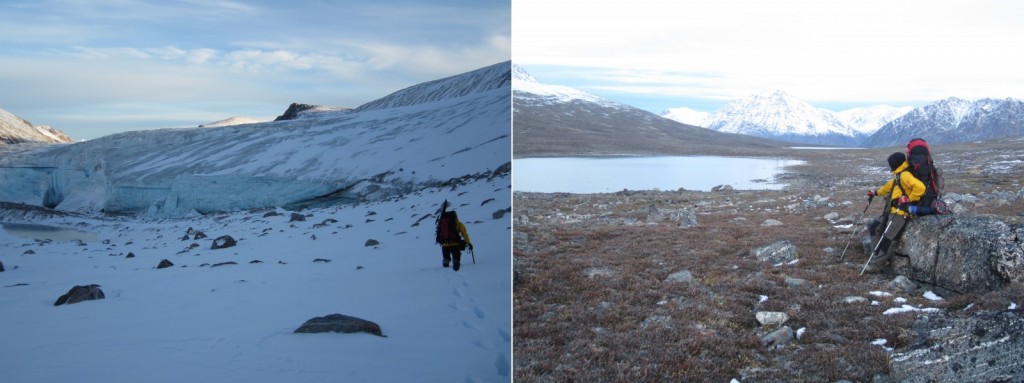
Last day on A. P Olsen and last hours of hike the next day before our pick-up from Tyrolerfjorden (Credit: Babis Charamlapida).
It is always good to remember that some moments throughout the process can be quite tough. In the end, this is probably the case with everything in life. The journey teaches you a few things. I will never forget the pain all over my body after the last hike from the ice cap to Tyrolerfjorden, racing against the clock on very challenging terrain with full backpacks. I will never forget the sense of trust that was developed between me and Daniel, how well we collaborated, coexisted and in a sense completed each other on this trip. Finally, I will never forget to have always a small book and a deck of cards with me.
Babis Charalampidis (GEUS/Uppsala University) is an Uppsala University PhD student within the SVALI project, based at the Geological Survey of Denmark and Greenland and supervised by Dirk van As. He is interested in the Greenland ice sheet’s mas budget, particularly the link between energy balance and subsurface processes such as percolation and refreezing. He studies the changes of the lower accumulation area of the southwest of the ice sheet in a warming climate, based on in situ observations.

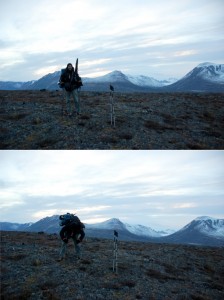
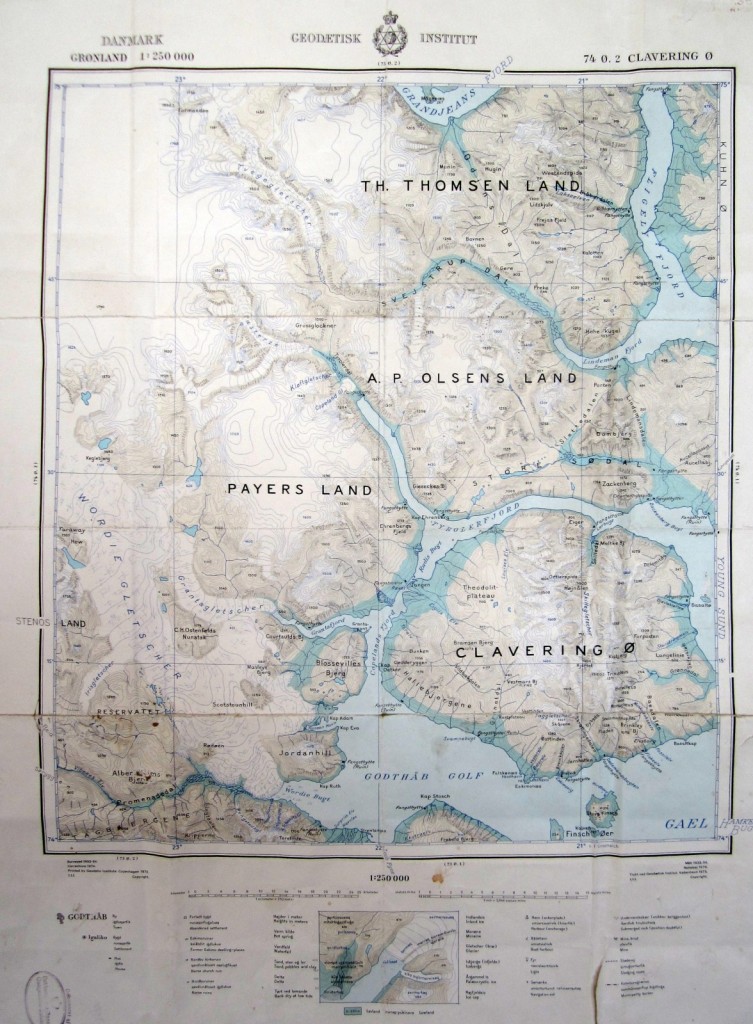
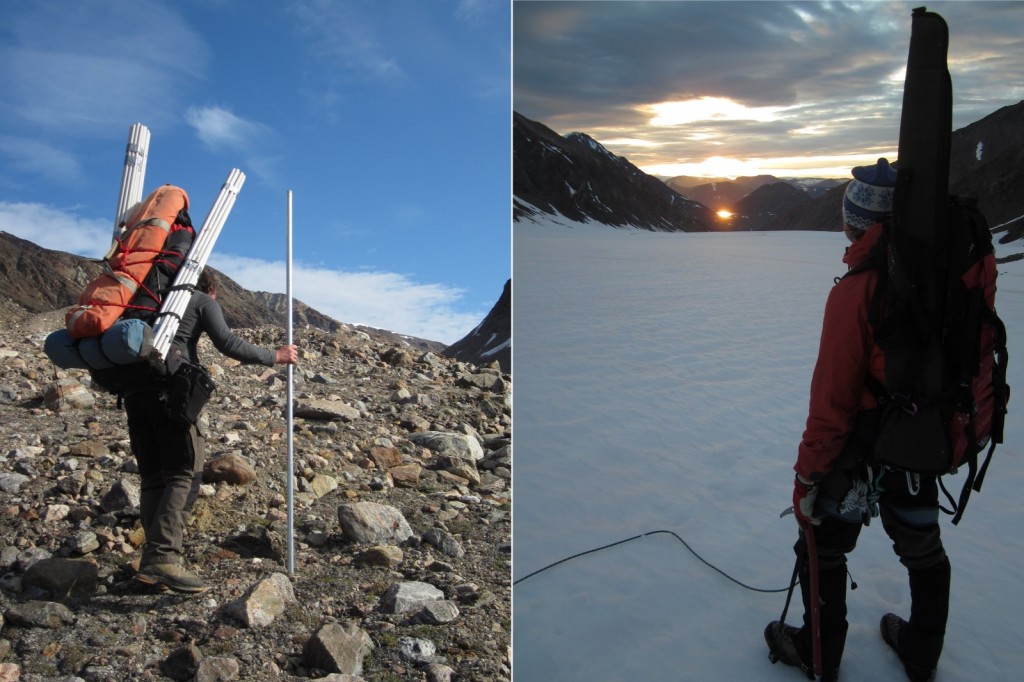
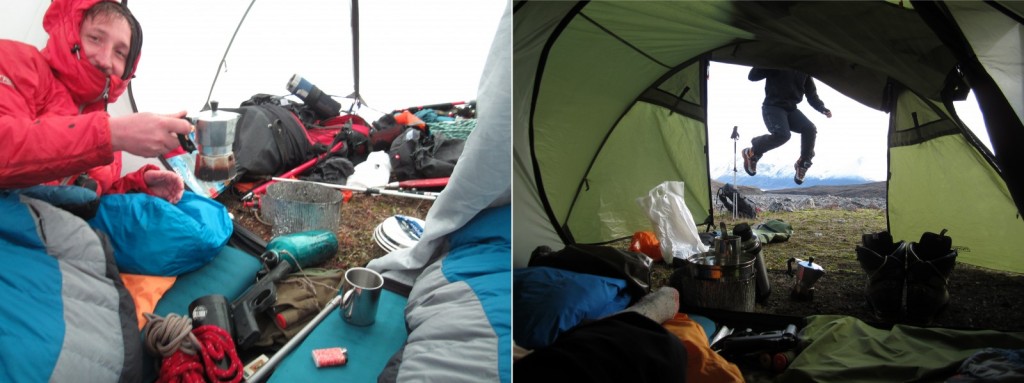
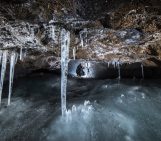
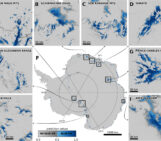
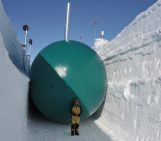
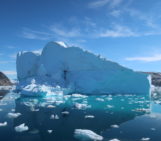
Pingback: Cryospheric Sciences | Riding the Storm: The Arctic Circle Traverse 2015